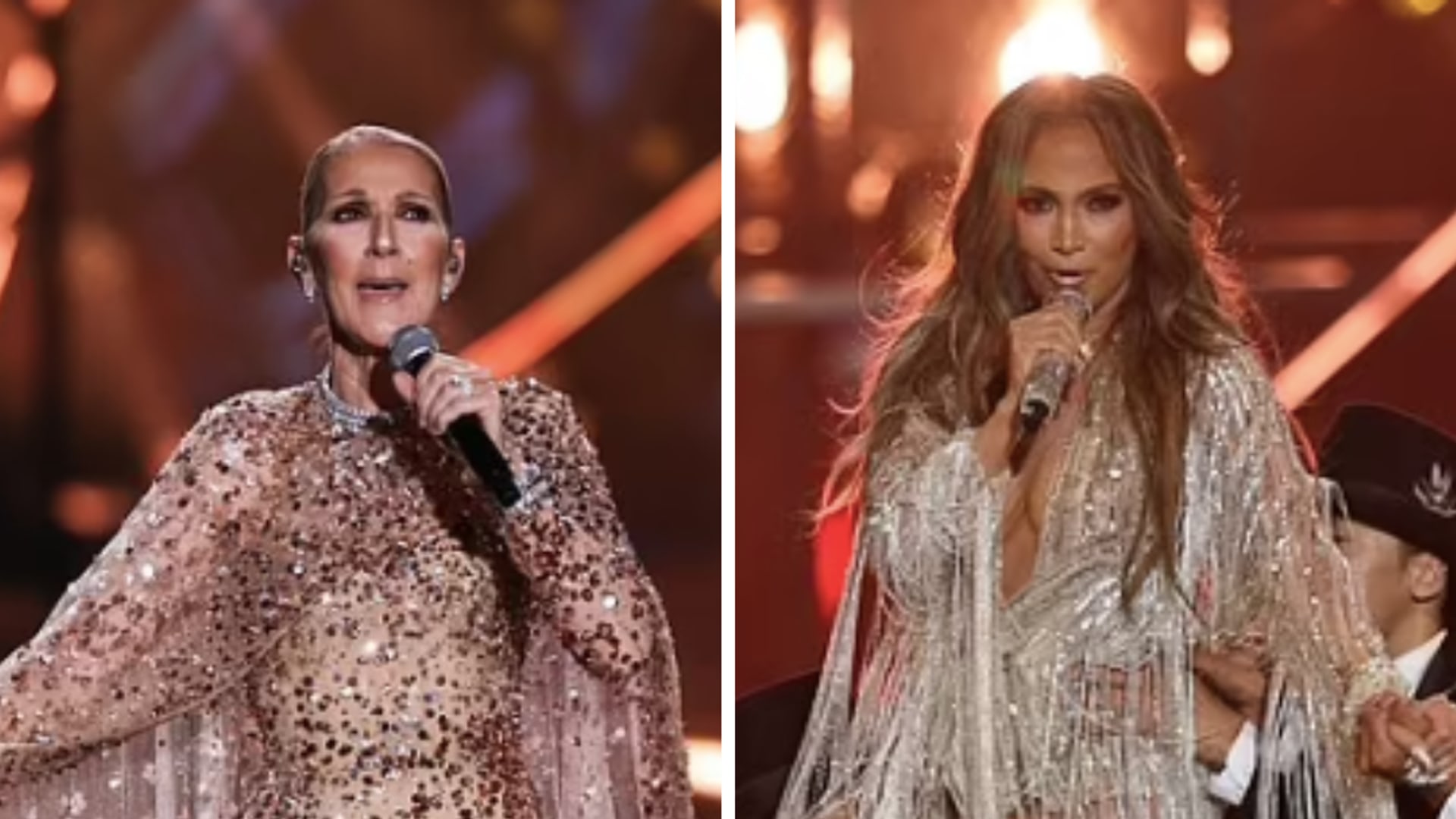The growth in the gold jewelry market is driven by several factors. Firstly, the growing disposable incomes and rising middle-class populations in emerging markets like China, India, and Southeast Asia have significantly increased the demand for gold jewelry, especially for traditional items like wedding sets and festive jewelry, which hold immense cultural significance. Secondly, the increasing adoption of digital channels is reshaping how consumers interact with gold jewelry brands.
E-commerce platforms, virtual jewelry try-on technologies, and augmented reality tools have made it easier for consumers to explore collections, customize designs, and purchase jewelry online. This digital shift has been further accelerated by the COVID-19 pandemic, which pushed many traditional jewelry retailers to enhance their online presence. Thirdly, the trend toward personalized and customizable jewelry is driving growth, as consumers seek items that reflect their individual tastes and identities.
Jewelers are increasingly offering bespoke services, allowing customers to select specific gold types, engravings, and gemstones, thus enhancing the appeal of gold jewelry as a unique, meaningful purchase. Additionally, the rise of ethical and sustainable practices is playing a pivotal role in shaping consumer choices. Brands that emphasize responsible sourcing, use of recycled gold, and transparency in their supply chains are attracting a growing segment of eco-conscious consumers, particularly .


















